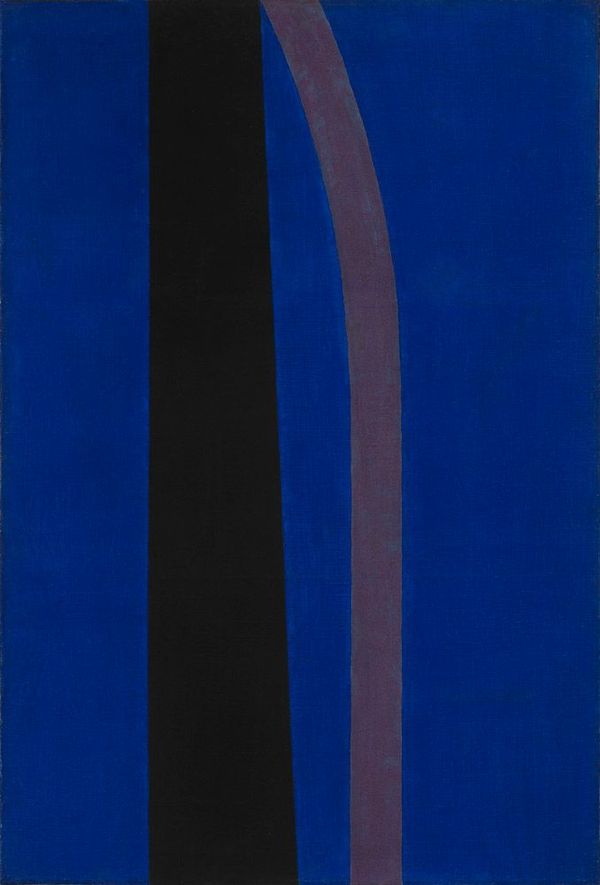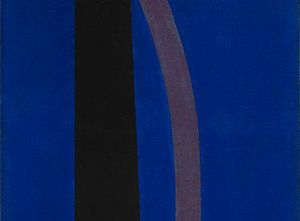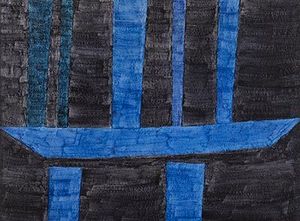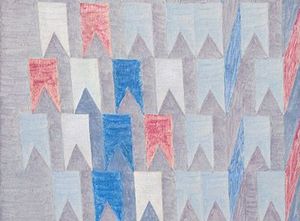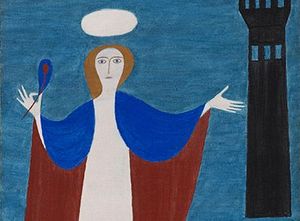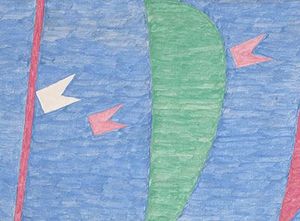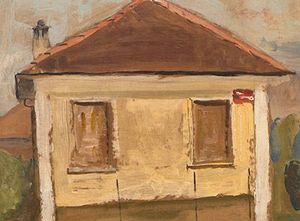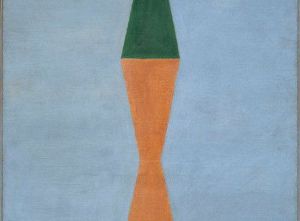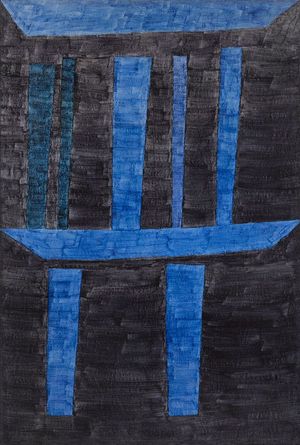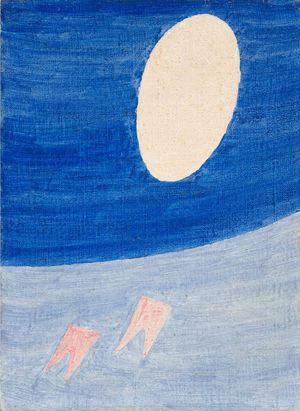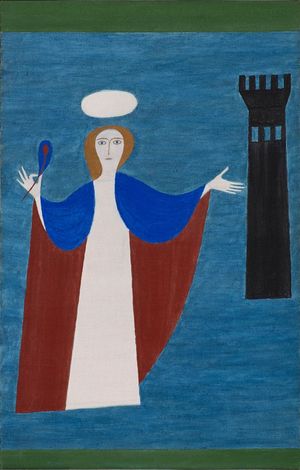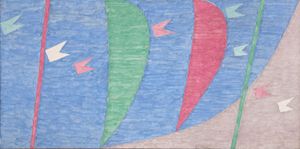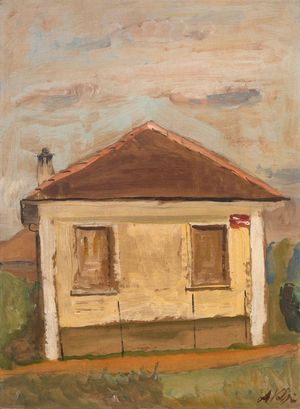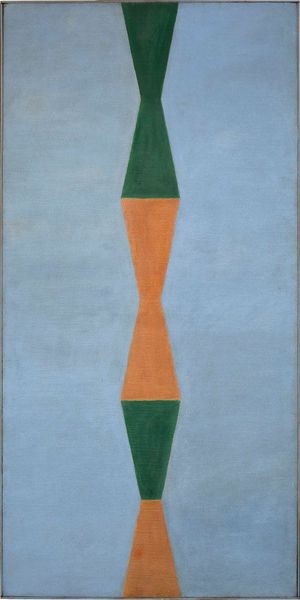Alfredo Volpi is one of Brazil's most renowned artists thanks to the originality of his work and the permanent influence he exerts on modern and contemporary painting in Brazil. His works are part of the country's most important public collections, as well as major private collections in Brazil and abroad, and international collections such as the Museum of Modern Art in New York and the Museo Nacional Centro de Arte Reina Sofia in Madrid.
Born in Lucca, Italy, Volpi moved to São Paulo as a child with his family. He made his first painting at the age of 18, but it wasn't until the 1950s that he devoted himself fully to artistic production. During this period, he worked in various professional activities: he was a bookbinder, carpenter, carver, and wall painter - an activity that led Volpi to do various decorative works in the homes of São Paulo's elite. He took part in a group exhibition for the first time in 1925, and from the 1930s onwards he became increasingly part of a circle of artists that included Francisco Rebolo, Bruno Giorgi and Ernesto de Fiori, and took part in the Santa Helena Group, an important reference in the São Paulo art scene.
His early works consisted of naturalistic landscapes and interior scenes often influenced by impressionism. At the end of the 1930s, he produced several seascapes that became famous and signaled his artistic maturity. Between the 1940s and 1950s, Volpi directed his work towards the formal simplicity that marks his style. As he developed his own language, his colors became purer and the texture of his paintings more refined and subtle. He made several trips that left a deep impression on him: to Minas Gerais in the 1940s and to Europe in the 1950s. He visited Paris, Venice and the small town of Padua, where he went at least eighteen times to see Giotto's frescoes. Other trips, this time to Minas Gerais and Bahia, in the 1940s, refined his perception and led to a growing simplification of his style. The wide-ranging palette of colors that Volpi obtained by working with tempera paint is also an unmistakable feature of his style.
A keen sense of construction can be seen in his works from the 1950s onwards, the period in which he produced his most significant works. The house façades that tend towards abstraction are from this period, as are the flags and compositions with masts, all done with meticulous chromatic construction and the predominant use of tempera. Although he didn't consider himself affiliated with the Concrete Art movement, he participated as a guest in the national concrete art exhibitions in 1956 and 1957. Volpi said he didn't fit in with the concretistas because, while they were looking for form, Volpi turned his attention to color.
Volpi took part in the first three São Paulo International Biennials. In 1953, he won the prize for Best National Painter with Di Cavalcanti. He took part in numerous Fine Arts Salons, both in São Paulo and the National Salon in Rio de Janeiro. He exhibited at the Venice Biennale in 1952 and, in 1960, took part in the First Collective Exhibition of Brazilian Artists in Europe, which toured Germany, Holland, Portugal, Spain, Austria and France. An essential reference in the history of art in Brazil, Volpi continues to arouse renewed interest among critics, curators, artists, and the general public.
